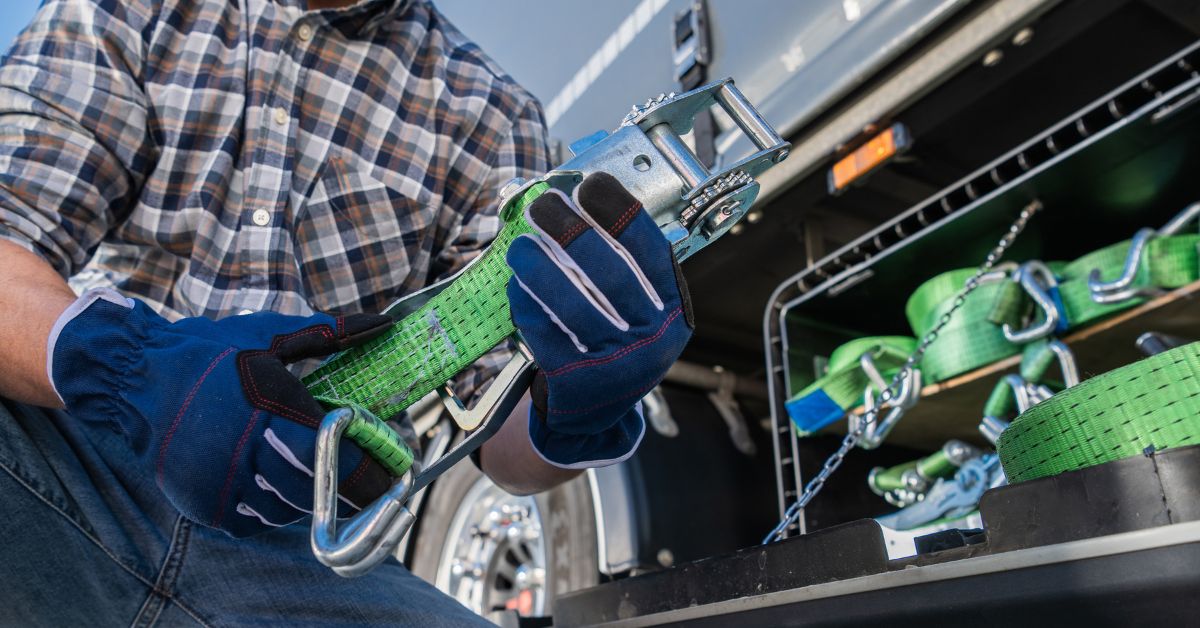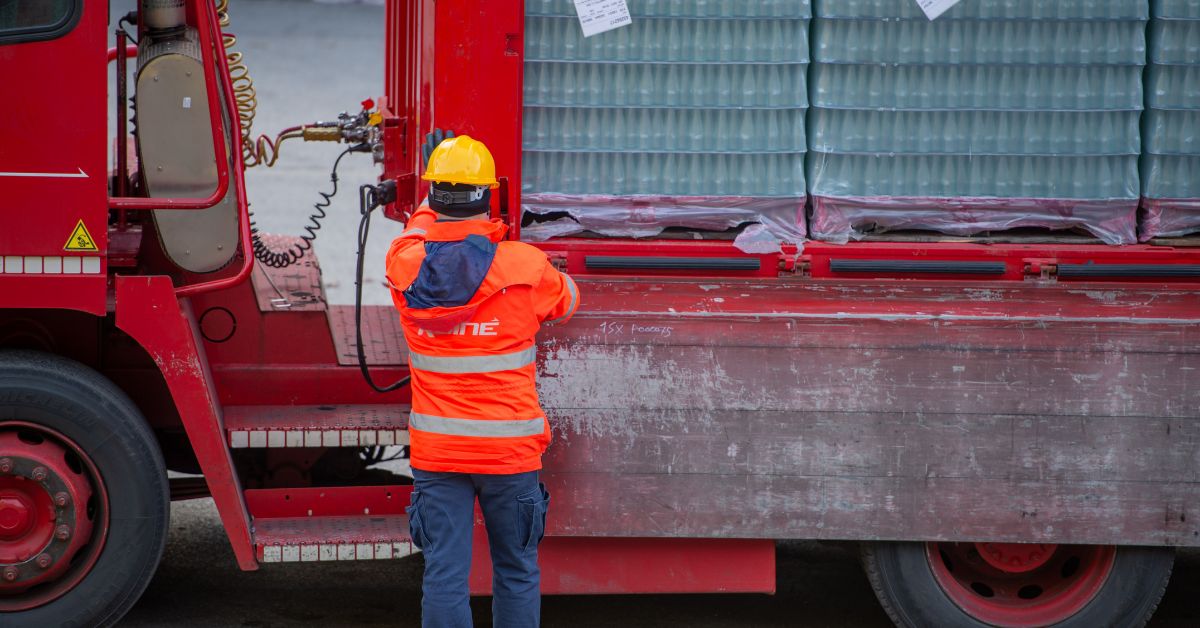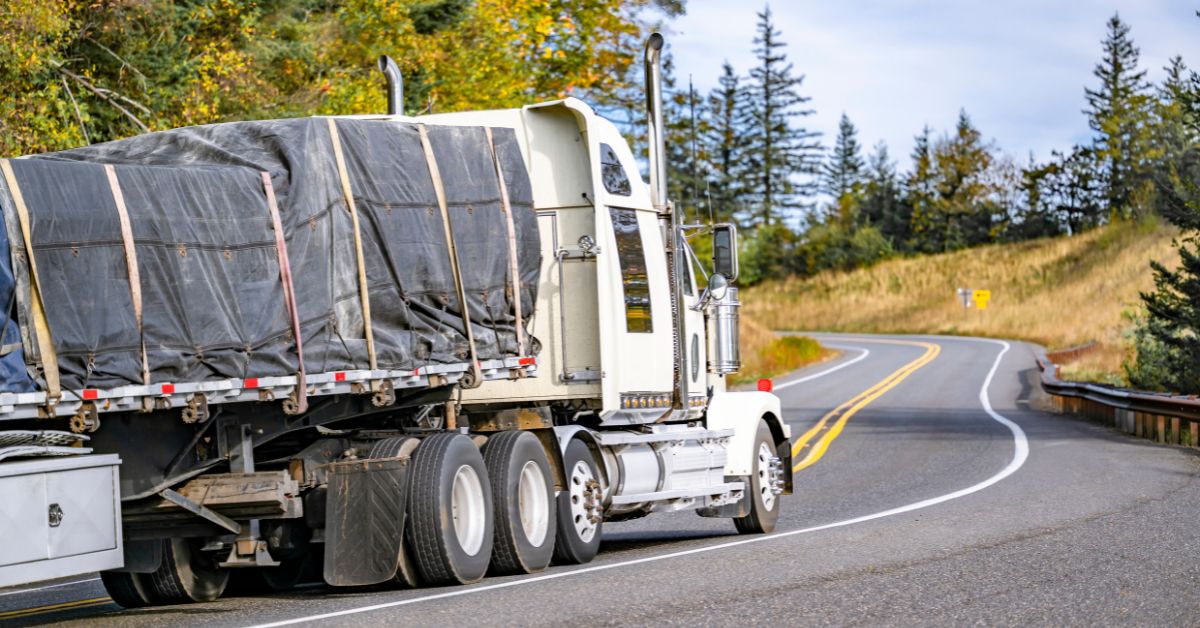Ensuring cargo is secure on the road isn’t just a matter of compliance; it’s fundamental to highway safety. If you’re a truck driver, fleet manager, or logistics professional, using semi-truck load binders correctly can make all the difference between a smooth haul and a hazardous one. This guide offers tips for safely using semi-truck load binders, including keeping your equipment organized with solutions like Star Fabrication’s chain binder racks.
Understanding Semi-Truck Load Binders
Load binders, commonly called chain binders, are mechanical devices that fasten and tighten chains securing cargo on flatbed trailers. They apply tension to chains, keeping loads stable throughout a trip. A proper load binder prevents cargo from shifting, which reduces the risk of accidents, expensive claims, and roadside delays.
These handy tools use leverage or mechanical advantage to pull chains tight, maintaining enough tension to hold cargo in place. When tension is released, they allow for safe unloading at your destination. Knowing how your load binder works ensures safe operation and keeps your cargo (and reputation) intact.
The Different Types of Load Binders
Understanding the two primary types of load binders and their applications is crucial for ensuring safe and efficient operation. By knowing how each type works and when to use them, you can secure loads properly and minimize risks during transport.
Lever Binders (Snap Binders)
Lever binders use a lever to create tension in the chain. When you pull on the handle, it draws the hooks together and tightens the chain.
Pros
- quicker to engage and release
- simple, straightforward design
Cons
- can produce sudden snapbacks if not carefully handled
- requires significant strength to operate safely

Ratchet Binders
Ratchet binders feature a handle and a ratcheting mechanism, making it easy to secure heavy loads. By cranking the handle, you can gradually increase tension, ensuring a tight and reliable hold.
Pros
- safer and easier to control tension release
- less physical force needed
Cons
- takes slightly longer to secure and release
- more mechanical components to maintain
Tips for Safe Load Binder Use
Safe operation of semi-truck load binders relies on thoughtful preparation, proper technique, and ongoing equipment care. The following tips will help you protect yourself, your cargo, and your equipment mile after mile.
1. Choose the Right Binder for the Load
Start by matching your load binder to the job by ensuring it can handle your cargo’s size, weight, and type. Verify that the binder’s rated working load limit (WLL) falls within safe parameters to avoid any issues. Using the wrong binder can result in insufficient tension or cause it to break under load, which puts your shipment and fellow travelers at risk.
2. Inspect Binders Before Use
Before hitting the road, it’s important to inspect your equipment thoroughly. Check binders for visible wear, cracks, or deformation. Examine pins and mechanical parts for signs of rust or damage, and inspect welds and joints for separation or fatigue. Damaged load binders are unreliable and could fail without warning, making these inspections crucial for safety.
3. Use Compatible Chains and Hooks
Always pair your binder with chains and hooks with a rating equal to or greater than the binder’s rating. Check the markings or manufacturer documentation for the WLL to ensure compatibility. Avoid using equipment with mismatched capacities, as weak links in your setup can result in catastrophic system failure.
4. Avoid Overloading
Always stay within the rated capacities of all equipment involved. Never exceed your binder’s WLL, and double-check load charts if you’re unsure. This is crucial because overloaded equipment can fail suddenly, putting your safety and cargo at risk.
5. Secure Binders Properly
Once you have tensioned the chains, ensure that all binders are tight enough to prevent slack and positioned securely to avoid slipping free during transit. In addition, place them in locations where they won’t interfere with other equipment. Proper placement of binders is crucial as it maintains stability and minimizes the risk of unexpected issues during the haul.

6. Wear Proper Safety Gear
Don’t take shortcuts when it comes to personal protection. Gloves are essential for shielding your hands from sharp edges and high-tension snapbacks, while safety glasses protect your eyes from debris or sudden releases. Steel-toed boots prevent foot injuries in case binders or chains slip. Safety gear is vital because it protects you from severe injuries.
7. Use Tension and Tightening Tools Appropriately
When using ratchet binders, crank the handle gradually, and avoid forcing it past resistance. For lever binders, it’s important not to stand directly in front of the handle when tensioning or releasing and to apply balanced, steady pressure. This is vital because sudden tension releases can cause binders to snap back, potentially leading to injuries.
8. Double-Check the Load
Before leaving the yard, make sure to give each binder, chain, and hook one final tug to confirm everything is secure. Double-check that nothing is loose, unhooked, or improperly tensioned. After driving about 50 miles, safely stop and reinspect the load to ensure everything remains in place. Vibrations and road conditions can loosen bindings, and early, regular checks prevent potential issues.
9. Maintain Load Binders Regularly
Routine upkeep is key to preserving your binders’ function and extending their lifespan. Clean off any dirt and debris after each use. Additionally, lubricate moving parts regularly to prevent stiff handling, and address rust as soon as you notice it. Proper maintenance ensures that your binders remain safe and easy to use.
10. Be Cautious When Releasing Tension
When it’s time to unload, ensure everyone stands clear of the danger zone. Release tension slowly in a controlled manner, and always be prepared for sudden movements, especially when working with lever binders. This step is critical because even a brief lapse in focus can result in serious injury.
Organize for Success With Star Fabrication’s Chain Binder Racks
Proper organization of your load binders and chains makes your routine more efficient and your workspace safer. Star Fabrication’s chain binder racks are designed for durability, easy installation, and maximum usability. Options include the following:
- sizes from 17 to 28 inches to fit fleets of any capacity
- heavy-duty powder-coated options for corrosion resistance
- stainless steel covers to protect equipment from weather and road grime
- innovative tray designs for combined binder and chain storage
- specialized binder locks for added security
Storing your binders on a Star Fabrication rack means you’ll always know where your gear is and that it will be protected between jobs. Plus, you’ll never waste valuable time searching the yard or cab.
Take the Next Step in Load Binder Safety
Load binder safety isn’t just about following rules; it’s about building habits that protect lives and cargo every day. Follow these helpful tips for using semi-truck load binders to keep the roads safe and operations running efficiently.
Don’t overlook the role of organization in safety. Reliable storage, like Star Fabrication’s chain binder racks, ensures your equipment lasts longer and is always ready when you need it. Enhance your workflow, and safeguard your investments by exploring Star Fabrication’s full range of load binder solutions today.


No comments yet.